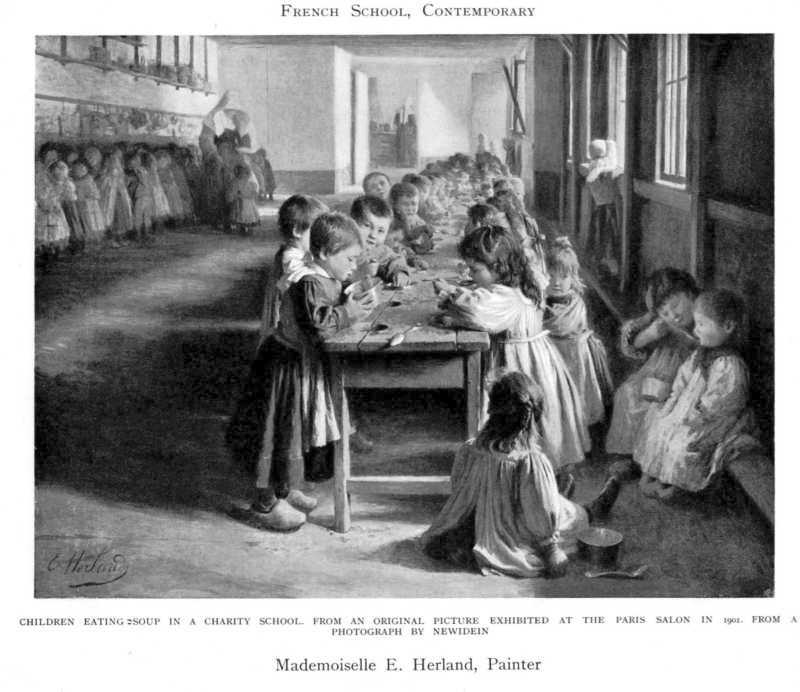Tag Archives: California
- Home
- Posts tagged "California" (Page 6)

Thanksgiving Buenos Aires
The University was founded by George Pepperdine, a successful businessman who found his fortune in the automobile industry (founding Western Auto) and became a philanthropist. He was inspired by his commitment to the values of Christian education and a desire to provide students with a quality education that integrated faith and learning.
The Malibu campus of Pepperdine University is situated on approximately 830 acres on the Pacific Ocean. Student enrollment runs about 8000; undergraduate and graduate.
“Whether we are scientists or engineers, homemakers or business leaders, we must all assume responsibility not only for the kind of jobs we do but also for the kind of people we are.
Education in a Christian environment helps develop and mold tomorrow’s leaders.”
— George Pepperdine (1886-1962)
Diwali at Stanford Dining
Diwali, the Festival of Lights celebrated in India, features a delightful array of traditional foods. Sweets like ‘gulab jamun,’ deep-fried dough soaked in sugar syrup, and ‘jalebi,’ spiral-shaped saffron-scented pastries, are ubiquitous. ‘Ladoo,’ sweet gram flour balls, and ‘barfi,’ a milk-based fudge, are also popular. Savory treats include ‘namkeen’ like ‘chakli’ and ‘mathri,’ crispy snacks, along with ‘samosas’ and ‘pakoras,’ fried dumplings filled with various fillings.
Families often exchange these delectable creations and offer them as offerings to deities, symbolizing the triumph of light over darkness and the spirit of togetherness during this joyous festival.
Almonds
This content is accessible to paid subscribers. To view it please enter your password below or send mike@standardsmichigan.com a request for subscription details.
Class: A Guide Through the American Status System
This content is accessible to paid subscribers. To view it please enter your password below or send mike@standardsmichigan.com a request for subscription details.
Apple Tree Anatomy
What goes on behind the scenes at #Lenswood #apples? Lots of forklifts, high-tech scanners to detect internal bruising, & the biggest apple pool I’ve ever seen! 🌊🍎
Thanks to the Lenswood team for chatting #IPM & involving us in the vital apple QA process – yum!@AgrifoodUoA pic.twitter.com/Pfrl1PBAoM
— Olivia Veronese (@OliviaVeronese) April 13, 2023
Seeds of Prosperity
שנה טובה
Pomegranates hold special significance in Jewish New Year celebrations, also known as Rosh Hashanah. The association between pomegranates and Rosh Hashanah comes from the tradition of incorporating symbolic foods into the holiday meal, each of which carries a special meaning. Pomegranates are one of these symbolic foods, and they are typically used in various ways to represent different aspects of the holiday:
Seeds of Prosperity: Pomegranates are often seen as a symbol of abundance, fertility, and prosperity. The many seeds inside the fruit are thought to represent the abundance of good deeds and mitzvot (commandments) that one hopes to perform in the coming year. Eating pomegranates on Rosh Hashanah is seen as an expression of the wish for a fruitful and prosperous year ahead.
Sweetness and Renewal: On Rosh Hashanah, it is customary to eat sweet foods to symbolize the desire for a sweet and pleasant year. Pomegranate seeds are sweet and juicy, making them a natural choice for this purpose. Some people dip pomegranate seeds in honey, further emphasizing the desire for sweetness and a sweet New Year.
Symbolic Blessings: Pomegranates are often included on the holiday table as a decorative element. Their vibrant red color is associated with the renewal of life and the hope for a good year. Pomegranate-shaped decorations or even pomegranate-themed dishes and tableware are commonly used during Rosh Hashanah celebrations.
Traditional Blessings: In some Jewish communities, it is customary to recite a special blessing when eating pomegranates on Rosh Hashanah. The blessing expresses the hope for a year filled with good deeds and blessings, just as the pomegranate is filled with seeds.
Blockchain Tokens for Food Traceability
Integrating Blockchain, Smart Contract-Tokens, and IoT to Design a Food Traceability Solution
Abstract: Information asymmetry exists amongst stakeholders in the current food supply chain. Lack of standardization in data format, lack of regulations, and siloed, legacy information systems exasperate the problem. Global agriculture trade is increasing creating a greater need for traceability in the global supply chain. This paper introduces Harvest Network, a theoretical end-to-end, vis a vie “farm-to-fork”, food traceability application integrating the Ethereum blockchain and IoT devices exchanging GS1 message standards. The goal is to create a distributed ledger accessible for all stakeholders in the supply chain. Our design effort creates a basic framework (artefact) for building a prototype or simulation using existing technologies and protocols [1]. The next step is for industry practitioners and researchers to apply AGILE methods for creating working prototypes and advanced projects that bring about greater transparency.
-
-
I. Introduction
-
II. New Paradigm for Food Traceability
-
III. Tokenization Overview
-
IV. Smart Contract Design and IoT Interaction
-
V. Web Integration
-
PURCHASE INFORMATION: IEEE Digital Library
Coming Apart
This content is accessible to paid subscribers. To view it please enter your password below or send mike@standardsmichigan.com a request for subscription details.
Are American College Campuses ‘Free Speech Zones’?
This content is accessible to paid subscribers. To view it please enter your password below or send mike@standardsmichigan.com a request for subscription details.
New update alert! The 2022 update to the Trademark Assignment Dataset is now available online. Find 1.29 million trademark assignments, involving 2.28 million unique trademark properties issued by the USPTO between March 1952 and January 2023: https://t.co/njrDAbSpwB pic.twitter.com/GkAXrHoQ9T
— USPTO (@uspto) July 13, 2023
Standards Michigan Group, LLC
2723 South State Street | Suite 150
Ann Arbor, MI 48104 USA
888-746-3670


















